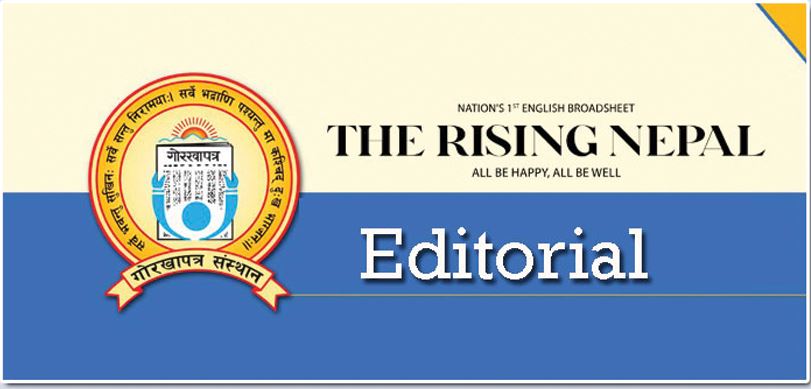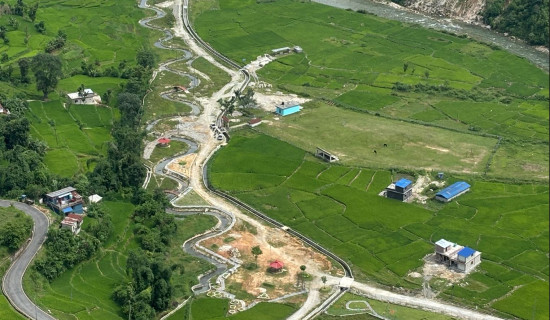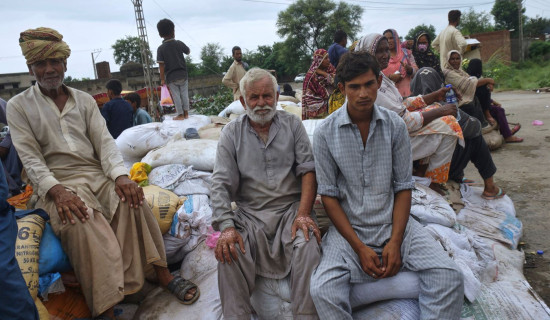- Tuesday, 2 September 2025
Model Public Schools
Community schools in Nepal often draw flak for the declining quality of education and low performance. Lack of qualified teachers and inadequate infrastructure are attributed to their underperformance. However, a few community schools have performed exceptionally and set an example in the education sector. They have excelled in the teaching-learning activities with the adoption of information technology, promotion of visionary leadership, professionalism and active community engagement, while discouraging political meddling. These community schools have demonstrated that the cooperation of the community and the dedication of teachers play a critical role in bringing about the desired results.
The headmasters of these schools argued that internal evaluation, setting a personal record system and conducting extra classes and tests targeting weak students have helped achieve a positive result. The pass percentage in community schools has been consistently low over the years, despite having qualified teachers who came to service by passing the competitive exams conducted by the Teachers Service Commission. Many community schools have physical infrastructures better than those of private schools. Still, their performance is not up to the mark.
The student enrollment rate in community schools has significantly diminished over the past few years, and the lack of adequate students has led to the merger of many schools. Massive outmigration from villages to cities has led to a significant decline in the school enrollment rate in village areas. One of the major reasons for people migrating from the village to the town is to provide better education to their wards. Private schools are capitalising on this opportunity, as people consider sending their children to a private school a status symbol.
Although some model schools have performed significantly well, most public schools are still struggling to reach an average standard. Thousands of public schools fail to achieve good results every year. Public schools require reliable resources, strong management, and well-trained teachers. As per the economic survey report for the fiscal year 2024/25, there are at least 35,000 public schools across the country. However, around 60 per cent of those schools have fewer than 100 students due to various reasons.
There is a very strict system to recruit teachers, but we lack a system to continuously evaluate their performance. The teachers need continuous training, mentorship and evaluation. Investing in education is investing in the future of the country, so the government should provide adequate funding to the schools for adequate infrastructure, like well-equipped classrooms, clean toilets, libraries, and IT-based teaching and learning. Likewise, the teaching should shift from rote learning to project-based practical education. The schools should have data-driven improvement plans to ensure continuous progress.
A few community schools that have performed outstandingly are a beacon of hope for other community schools. This will indeed bust the misconception that public schools are faring poorly, impelling the parents to enroll their wards in private schools. But education has become expensive owing to its commercialisation. Better results of public schools are an answer to the private education institutes that are fleecing the parents through publicity stunts. Nonetheless, it is imperative that all stakeholders, including the government, parents, civil society and the local community, should work to enhance the quality of public schools for education is the fundamental right of the citizens.
















